earth and space sciences
September 1, 2015

High volume
Recordings by current and former UW researchers in fjords show that melting at glacier edges in the narrow rock-edged canyons are some of the noisiest places in the sea.
March 1, 2015
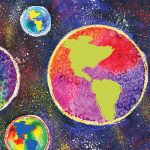
Mirage Earths
Planets orbiting close to low-mass stars—the most common stars in the universe—are prime targets in the search for extraterrestrial life. But new research led by an astronomy graduate student at the UW indicates some such planets may have long since lost their chance at hosting life.
September 1, 2013
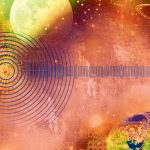
Finding phosphorous
Life on Earth may have never come to exist if not for some meteorites that pelted the planet billions of years ago.
December 1, 2011
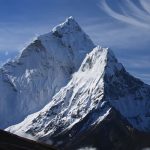
Tall order
Thanks to a grant from the National Science Foundation, Earth and Space Sciences Professors Bernard Hallet and Howard Conway are trying to determine whether glaciers speed up or slow erosion in the Himalaya.
June 1, 2011

Space out
For Janet Kavandi, '90, and her colleagues, it’s a bittersweet time to be an American astronaut.
March 1, 2010
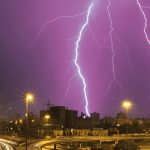
Lightning listener
Call him the lightning listener. Robert Holzworth, UW professor of earth and space sciences, directs the World Wide Lightning Location Network (WWLLN), a series of stations around the globe that monitor pulses of radio waves generated by lightning strokes.
June 1, 2007
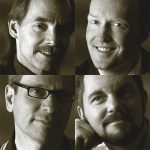
Extra credit
A great university has great teachers. This year, the UW honors seven instructors from three campuses who have touched the lives of thousands.
December 1, 2005
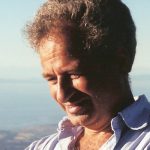
Anthony Qamar, 1943-2005
When he wasn’t in the classroom teaching applied seismology or on location at the crater of Mount St. Helens tracking seismic activity, Anthony Qamar could often be found on the IMA climbing wall. Even at the age of 62, Qamar, a research professor of Earth and space sciences at the UW, made some of the fittest grad students a little jealous.
June 1, 2005
Departments honored
Established in 1998, the Brotman awards go not to individuals but to programs, departments and groups that excel in the promotion of undergraduate learning.
September 1, 2003
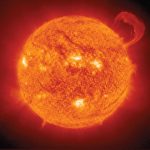
Earth is doomed
"In 7.5 billion years Earth will either be swallowed up or survive only as a scorched planet."
March 1, 2003
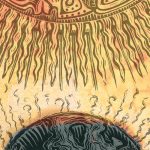
Final countdown
Only 7.5 billion years from now, a burned-out cinder of a planet called Earth will be engulfed by its sun, a bloated red giant that will melt away any evidence that the planet ever existed.
March 1, 2001
Arts & Sciences mergers
Two mergers in the College of Arts and Sciences could change the way students learn about communications and earth sciences.